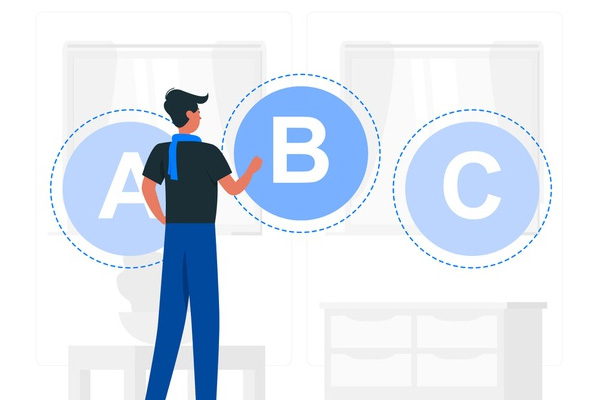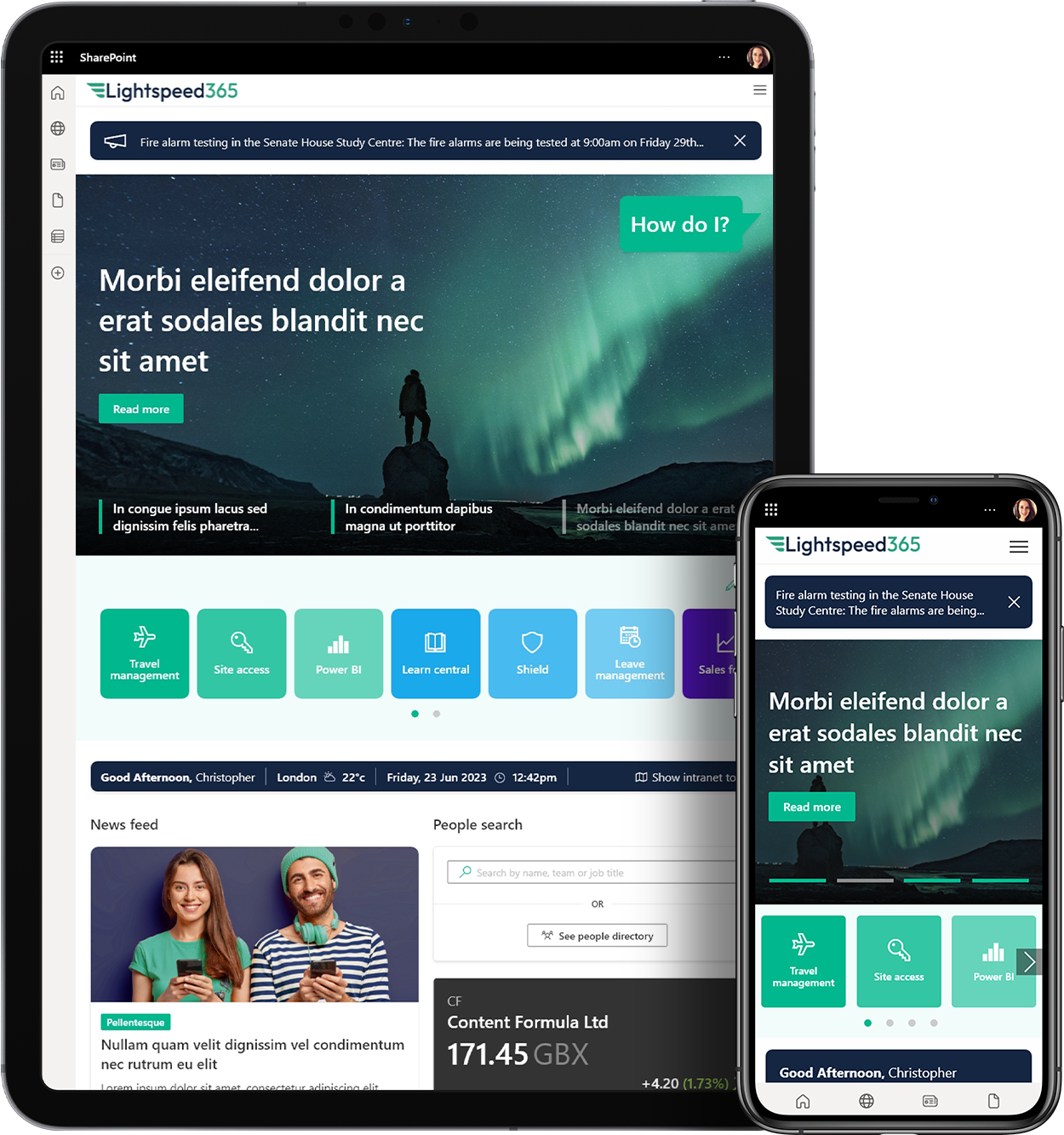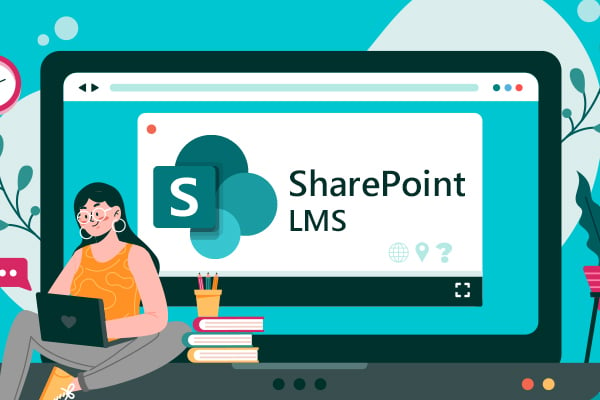One of the advantages that LMS365 has over other Learning Management Systems is that it can integrate seamlessly with Office 365. As an increasing number of organisations implement a digital workplace environment based around the 365 suite of tools including Microsoft Teams, using LMS365 means you can bring Learning and Development right into the heart of the digital workplace.
Compared to an LMS that doesn’t integrate so well with Office 365, LMS365 drives better learning adoption, easier course creation and far easier administration . Ultimately this drives better learning outcomes, greater efficiency and a strong digital employee experience.
The Content Formula team recently ran a webinar that explored how LMS365s integration with Office 365 delivers better outcomes.
Here are ten of the advantages that LMS365 has because of that integration.
1. Single Sign-On
There is perhaps no greater barrier to using an LMS than having to find an obscure log-in and password, or even having to go through a painful password reset process. One of the great things about LMS365 as that is uses your AD credentials to ensure there is Single Sign-On into the LMS and all the related courses and learning content. This removes a fundamental barrier to learning that can hamper adoption.
2. Integration with search
 One of the most common problems with LMS content is that it is not included in your enterprise search. This not only means that users may find it harder to find the courses they need, but they might be unaware of some important course content that might be highly relevant when they are doing a topic-based search.
One of the most common problems with LMS content is that it is not included in your enterprise search. This not only means that users may find it harder to find the courses they need, but they might be unaware of some important course content that might be highly relevant when they are doing a topic-based search.
LMS365s Office 365 integration means that your learning material is included in your Office 365-powered enterprise search, for example delivered through your intranet. This ensures that learning content is easy to find and discoverable, again helping to drive awareness and adoption.
3. Intranet integration
Because LMS365 can so easily be integrated with SharePoint and SharePoint Online it means you can easily thread learning through your intranet. You can even create more or less seamless experiences, so the user considers them as one environment. The advantage of this is that the intranet tends to be main channel to go to get information and find items; therefore, you can easily promote learning more readily particularly to different target groups. You can also embed learning into relevant pages, and even create additional pages that add context to course material.
4. Consistent look and feel
Linked to the advantages of intranet integration is LMS365s look and feel which is very much aligned to Office 365 and SharePoint Modern interfaces. Ultimately this means you can create a consistent look and feel for your learning material that is familiar and intuitive to users, who will feel more confident and engaged than an LMS that looks outdated and clunky. It also means you can create one digital employee experience for employees to seamlessly and naturally move through.
5. Adding content from across Office 365
 One of LMS365s great features are the tools that help non-IT and L&D professionals create course content, opening up the LMS for greater use. Here the easy ability to embed content from right across the Office 365 landscape is a real advantage so you can easily link to or embed pages from your intranet, documents in different formats and even videos from Stream.
One of LMS365s great features are the tools that help non-IT and L&D professionals create course content, opening up the LMS for greater use. Here the easy ability to embed content from right across the Office 365 landscape is a real advantage so you can easily link to or embed pages from your intranet, documents in different formats and even videos from Stream.
Because you link to these assets rather than adding them to your LMS it also means that you keep on top of version control. For example, your SharePoint Online intranet might have a policies and procedures library which contains a policy document you want to refer to in a course. As this document will be always kept up to date within your intranet it means it will also be up to date in LMS365; there is no potential for version control issues as there is only one source of truth as the document doesnt live within the LMS.
6. Integration with Microsoft Teams
MS Teams has exploded in use and in some organisations, employees even spend much of their working day in application. As far as we know, LMS365 offers the most complete integration with MS Teams of any LMS, bringing learning right into the daily flow of work for employees. This can be very powerful for adoption and relevance. You can create a tab with a course catalogue, refer to a course within a thread, use learning bots, make recommendations and more. Microsoft Teams is becoming the default digital workplace application for many, and learning should be part of it.
7. Integration with PowerAutomate
LMS365 already delivers multiple efficiencies for L&D teams by automating the painful parts of administrating courses, for example allowing auto-enrolment on different courses. You can take advantage of LMS365s integration with PowerAutomate (formerly Flow) to also initiate custom tasks and workflow related to learning that save you considerable time. For example, if a person completed a course relating to a particular competency you could set up an automated task to update their record in an HR system such as Workday.
8. Integration with AAD and Office 365 groups
One of the strongest advantages of LMS 65 is the tight integration with AAD or AD and Office 365 groups. What this means it that you can very easily target training to different group such as all managers or a particular location. As long as there is data in AAD or an Office 365 group you can target them. This makes it easier to deliver mandatory training to different groups (e.g. all managers) but also ensure training is more relevant for different divisions, functions and roles. It also helps to target multi-lingual content to the right language group too. The overall benefits are more relevant training for everyone and a reduced administrative overhead for the training team.
9. Taking advantage of engagement features
 LMS365 comes with some useful engagement feature to help people discover learning and also encourage adoption. For example, there is a Learning Bot that comes out of the box and which users can access through Teams. Separately there is also in-built gamification with employees picking up points for completing different courses. Being able to integrate with SharePoint means it is far easier to expose these points to help drive engagement, for example with leader boards, or badges displayed in employee profiles.
LMS365 comes with some useful engagement feature to help people discover learning and also encourage adoption. For example, there is a Learning Bot that comes out of the box and which users can access through Teams. Separately there is also in-built gamification with employees picking up points for completing different courses. Being able to integrate with SharePoint means it is far easier to expose these points to help drive engagement, for example with leader boards, or badges displayed in employee profiles.
10. PowerBI integration
Many digital workplace teams are using PowerBI for their reporting across a variety of different use cases. Although the out of the box reporting that comes with LMS365 is already very good , the easy ability to integrate learning reporting into PowerBI means you can easily create your bespoke reports but also add learning and development reporting into other reports. For example, a quarterly report about a function or division could include numbers covering different activities, including learning undertaken.
LMS365 is unique
In our view LMS365 is unique in the LMS marketplace, and one of its key strengths is the ability to be tightly intertwined with Office 365, helping to create seamless learning experiences for employees and deliver greater efficiencies for learning teams. Were very excited about the potential for the product and the benefits it can deliver. If you’d like to find out more or to arrange a demo we’d be delighted to hear from you!

Find out more about LMS365...
Request a call back with one of our experts, for a free consultation about how LMS365 can benefit your business.



 SharePoint Products
SharePoint Products




